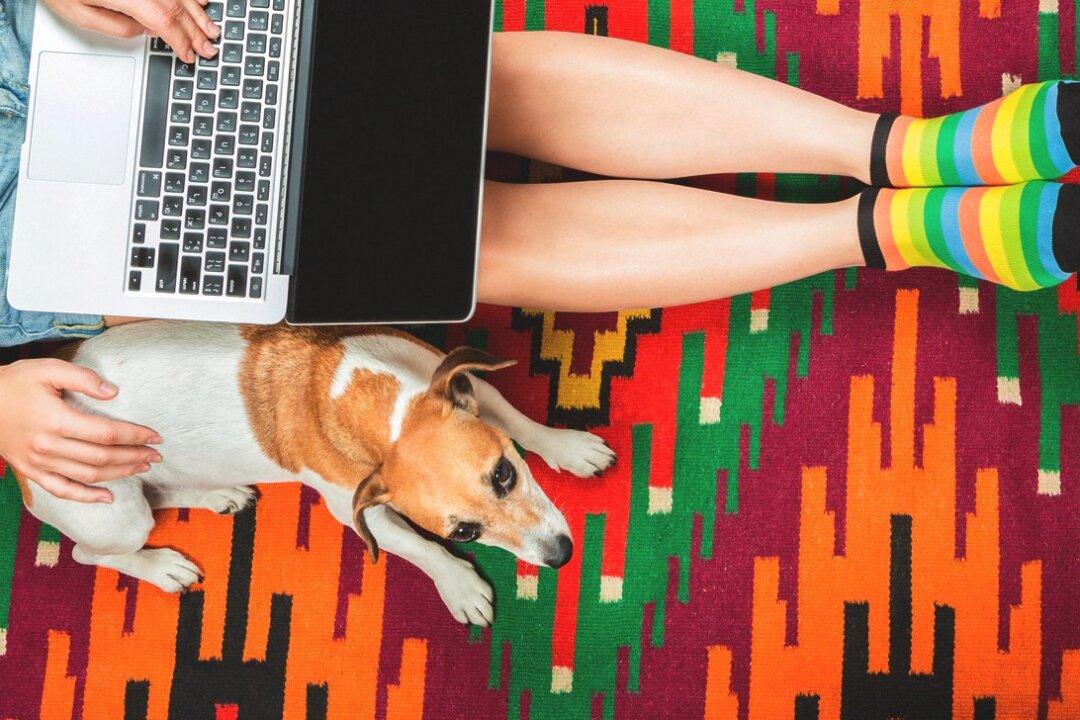How we see the world shapes who we choose to be—and sharing compelling experiences can frame the way we treat each other, for the better. Upon relocating to Milwaukee from New York City last year, I bought my first house—a 120-year-old fixer-upper. I was thrilled, but there was one feature that bothered me more than anything else on my list of items to repair or replace: the off-white color of the walls. After years of renting low-budget apartments that were drowning in neutral tones, I ached for brighter hues, and not just for aesthetic reasons.
As someone who’s struggled with depression and anxiety for 15 years, I frequently notice the positive and negative effects that color has on my emotions.
